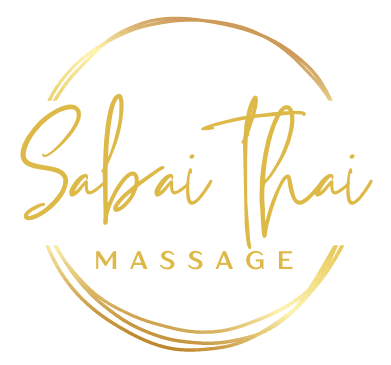
Prenatal Massage

$100.00
/ 60 mins
Choose
(16 weeks & up ONLY)
A prenatal massage is a specialized massage therapy designed for pregnant women to address the unique physical and emotional changes they experience during pregnancy. It focuses on relieving common pregnancy discomforts, promoting relaxation, and improving overall well-being.
- Positioning:Pregnant women cannot lie on their stomachs, so prenatal massage is typically performed with the client lying on their side or back with support from pillows or bolsters.
- Techniques:Prenatal massage primarily uses gentle techniques like Swedish massage with long, gliding strokes, and avoids deep tissue work that could be harmful.
- Focus Areas:It targets areas commonly affected by pregnancy discomfort, such as the lower back, hips, and legs, according to a pregnancy and parenting resource.
- Safety:Prenatal massage therapists are trained to understand the specific needs and precautions related to pregnancy and ensure the safety of both the mother and baby.
Benefits of prenatal massage:
- Pain Relief:.Opens in new tabAlleviates back pain, sciatica, swelling, and joint pain commonly experienced during pregnancy.
- Stress Reduction:.Opens in new tabPromotes relaxation, reduces anxiety, and helps manage stress-related complications.
- Improved Sleep:.Opens in new tabHelps improve sleep quality, which can be challenging during pregnancy.
- Emotional Well-being:.Opens in new tabBoosts mood, reduces symptoms of prenatal depression, and promotes a sense of well-being.
- Preparation for Labor:.Opens in new tabSome techniques, like those focusing on the hips and lower back, can help prepare the body for labor by loosening ligaments and muscles.
When to get it: Prenatal massage can be beneficial throughout pregnancy, but it's generally advised to avoid it during the first trimester. Consulting with a doctor or healthcare provider is recommended before starting any massage therapy during pregnancy.
Contact Us
Give us a call
(657) 247-8214Send us an email
[email protected]Send a Message
Fill out the information below or call us to set up your appointment:
